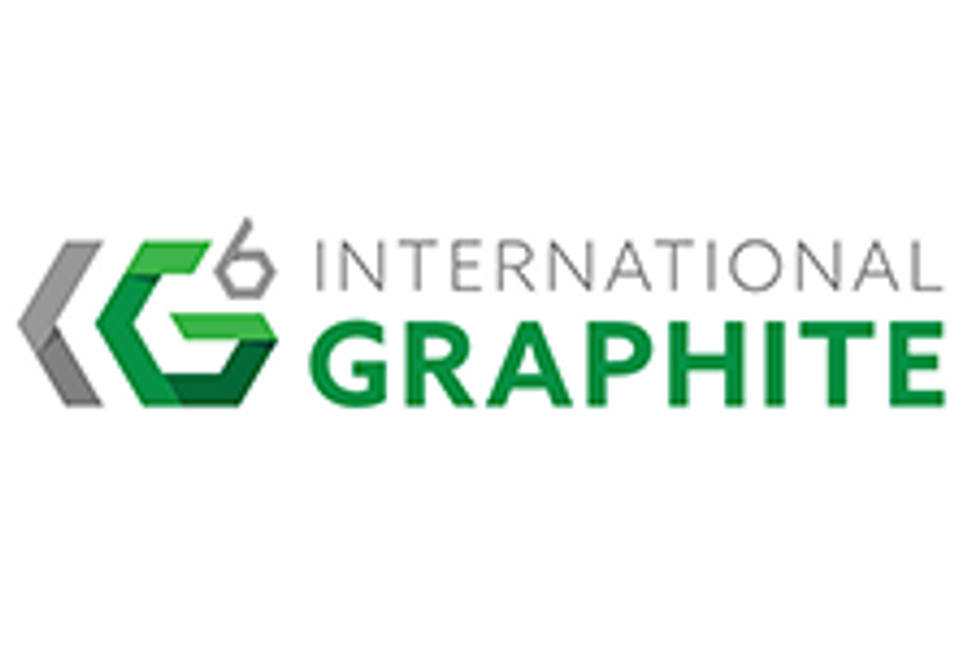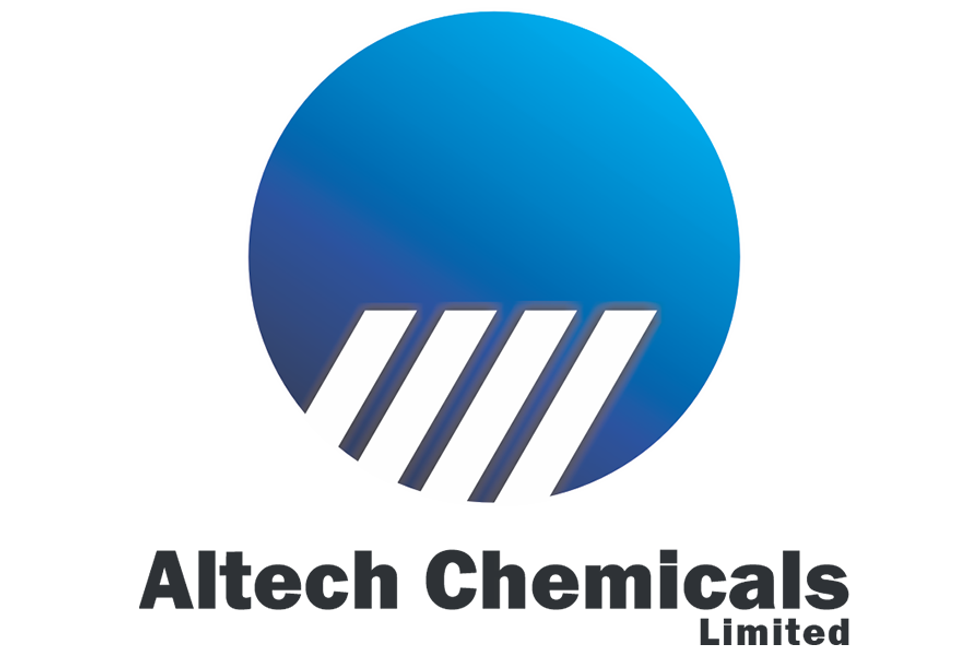Great Lakes Graphite: Not Your Average Exploration Company
Graphite Investing News spoke with Paul Gorman, CEO and director of Great Lakes Graphite, about what makes his company different than other graphite hopefuls.
This past month, the graphite sector has been abuzz with the news that Tesla Motors’ (NASDAQ:TSLA) planned $5-billion lithium-ion battery “gigafactory” could increase natural graphite demand by 37 percent by 2020.
Thus far, the consensus seems to be that specifically, it’s natural flake graphite that will benefit. As Chris Berry of House Mountain Partners notes, “if the goal of the gigafactory is to cut the cost of the battery in half, then natural flake graphite, with its lower overall cost profile relative to synthetic graphite, must be the material of choice.”
Explaining how so much of it will be used, Industrial Minerals’ Simon Moores states that the plant, which is to be located in the Southwest United States, “will consume at least 28,000 tonnes of spherical graphite every year if operating at capacity.” That, he notes, will create a need for 93,000 tonnes of flake graphite “if produced to today’s standards which sees raw material wastage of up to 70%.” To fill that demand, six new mines will need to come online.
Tesla’s gigafactory isn’t slated to start production until 2017. However, that hasn’t stopped graphite market watchers, and potential graphite producers, from speculating about which companies are likely to benefit from it.
One company that thinks the gigafactory’s construction will be to its advantage is Great Lakes Graphite (TSXV:SHG). Like Berry and Moores, Paul Gorman, the company’s CEO and director, believes that it’s flake graphite that Tesla will want. That’s a plus for his company because its recently acquired Lochaber project holds very high-quality natural crystalline flake graphite.
“If you have vein or lump, amorphous or synthetic, you aren’t likely to get a chance” at securing a contract with Tesla, he told Graphite Investing News (GIN). “But if you have flake … then you have a very good chance.”
An untraditional approach
It wasn’t too long ago that Great Lakes Graphite would have had no chance at all. The company, formerly known as Shield Gold, is just finishing the process of switching its focus from gold to graphite.
Explaining the decision to move into graphite, Gorman said that Great Lakes realized that “gold is a very, very saturated space” and there was no way for it to “push something through to development very quickly”. Graphite, on the other hand, is attractive “because it’s such a simple process to mine, liberate and float it.”
Of course, some would argue that the graphite market is itself headed towards saturation. Even so, Gorman doesn’t seem worried. Explaining what sets his company apart from other graphite hopefuls, he said, “we’re a little bit different than others out there because we’re not a traditional junior exploration company.”
While other juniors “have a mining mentality where they’re going to grow their deposit and they’re going to spend years and years trying to understand it,” Great Lakes takes a different approach. The company, said Gorman, goes “into areas that have had past producers and don’t have any First Nations issues, where [risk] has been mitigated” and projects can be put into production “within 24 months of acquisition.”
Focus on Quebec
Thus far, all the projects Great Lakes Graphite has found that fit the bill are in Canada. More specifically, they are in Quebec.
Lochaber, as mentioned, is the company’s most recent acquisition. It’s made up of 152 mineral claims that cover 9,122 hectares, and according to Great Lakes Graphite’s corporate presentation, has a slew of factors going for it. As noted, those include very high-quality natural crystalline flake; however, perhaps most importantly, Lochaber hosts the past-producing Mayo and Plumbago mines, along with three known graphite occurrences, Burke, Kelly and McLaren.
Great Lakes’ other assets are in the Buckingham area and contain over 70 mining claims across about 3,500 hectares in four separate blocks: Diamond, Diamond West, Powerline and Bell. At the moment, exploratory work is taking place there.
An advantage for all the company’s assets, said Gorman, is the fact that they are so close to power, good roads and towns that can supply workers. He also noted that Fundamental Research, which released a report on Great Lakes Graphite earlier this month, likes the fact that the company is “mitigating a lot of the risk by having smaller, scalable, more modular plants, rather than having big plants that cost hundreds of millions of dollars.”
While all that sounds promising, Fundamental Research also notes that one thing to keep in mind is that none of the properties have a NI 43-101 compliant resource estimate. For Gorman, however, that’s not an issue. He told GIN that the company will be completing one for Lochaber this summer. Also planned for that property is “a very large, multimillion dollar program … once [Great Lakes Graphite] gets TSX compliance” for what it has planned.
Looking more broadly, Gorman said that Brazil, “where there is huge customer demand,” will be Great Lakes Graphite’s next target area. “Two of the largest graphite producers globally are in Brazil in a province called Belo Horizonte,” he noted, also stating that Nacional de Graphite, “one of the big ones that does 100,000 tonnes a year”, is right next to a property that Great Lakes is looking at.
It’s clear that Great Lakes Graphite has a lot on its plate. However, Gorman emphasized that for industrial minerals companies like his, quantity of material does not guarantee success. More important, he said, are customers. That’s because “if you don’t have a customer, you don’t have a company.”
It’s partially for that reason that he thinks Tesla’s announcement is so significant. That said, Great Lakes isn’t resting its hopes on securing an offtake agreement with the electric car company. Indeed, said Gorman, “Great Lakes Graphite wouldn’t have acquired the Lochaber graphite deposit unless [it] already had customers for it.”
Explaining that statement, he said Great Lakes is currently working to get graphite samples from Lochaber into the hands of about two dozen companies. He expects them to spend six to nine months evaluating the material, after which time they will let Great Lakes know “if it’s going to meet the mandate for what they need it for.” If all goes according to schedule, offtake agreements should be in place within the next year.
Bring on the competition
In closing, GIN asked Gorman if he’s concerned about competitors. After all, as noted, the graphite market is becoming increasingly saturated, a trend that is only likely to continue as Tesla’s gigafactory moves closer to becoming a reality.
Responding, Gorman said, “competition makes us smarter. If we didn’t have any competition, we’d just get fat and lazy.” Further, given that there are no flake graphite mines currently producing in North America, “there is lots of space for five or six smart companies to come online” to help feed Tesla.
“I’m not afraid of competition,” he concluded. “In fact, I’d like to see other mines get up and running. Who wants to be the first one anyway?”
Securities Disclosure: I, Charlotte McLeod, hold no direct investment interest in any company mentioned in this article.
Editorial Disclosure: Interviews conducted by the Investing News Network are edited for clarity. The Investing News Network does not guarantee the accuracy or thoroughness of the information reported. The opinions expressed in these interviews do not reflect the opinions of the Investing News Network and do not constitute investment advice. All readers are encouraged to perform their own due diligence.
Related reading:
Powering the Future: 5 Graphite Juniors Talk Demand and Tesla’s Gigafactory
Types of Graphite: Amorphous, Flake and Vein
What is Synthetic Graphite? Asbury Carbons’ Stephen Riddle Explains
Simon Moores on Spherical Graphite and the Benefits of Exploration





